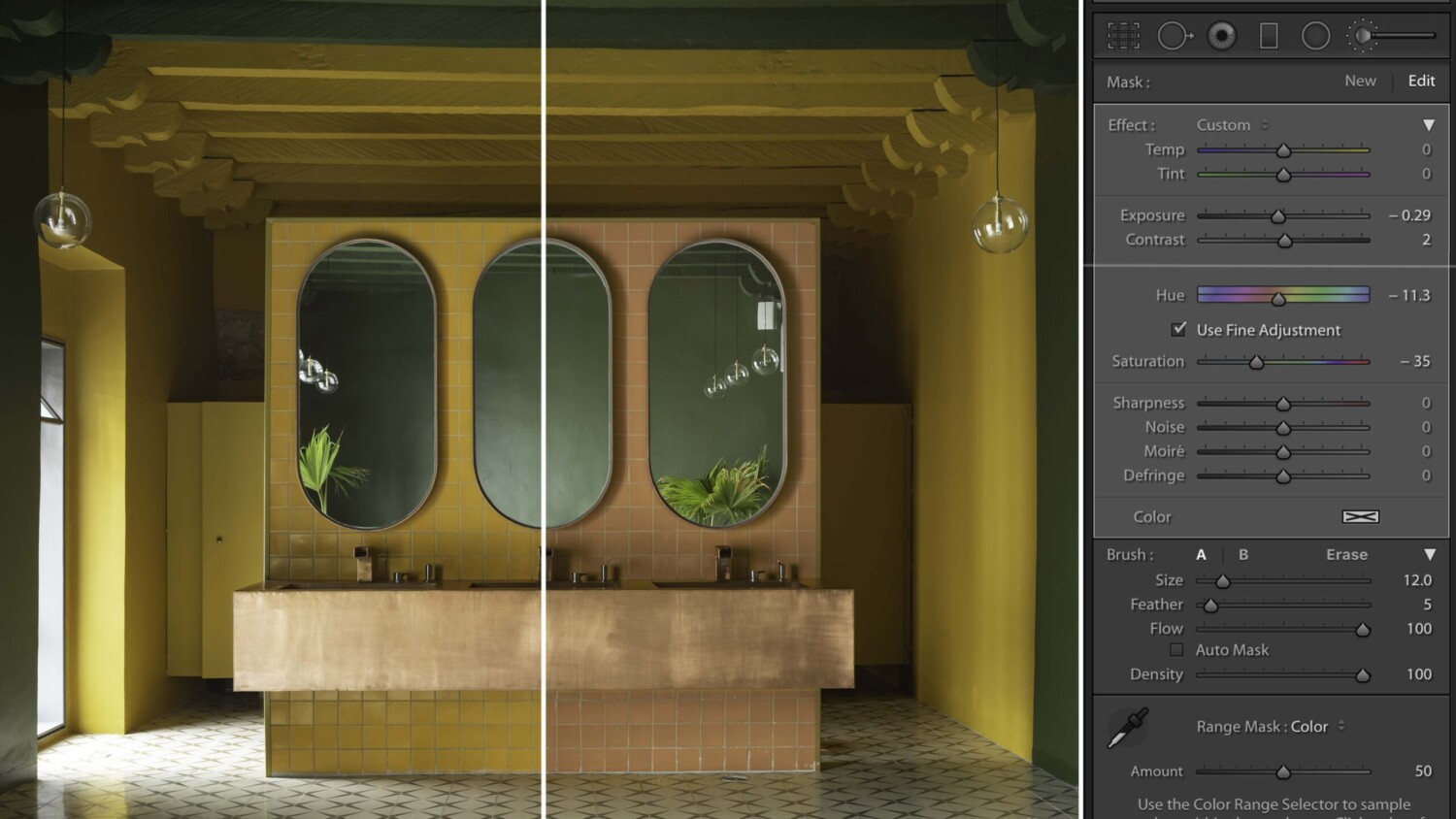Get to Know Adobe’s Newest Features: Localized Hue Editing and ISO Adaptive Presets
Adobe has just updated its “photography plan” applications, Lightroom and Camera Raw with some great new features. Aside from the usual performance improvements, Adobe has (finally!) changed the user interface found on Adobe Camera Raw, integrating it seamlessly with Lightroom. Additionally, they have rolled out a couple of brand new features: ISO Adaptive Presets and Localized Hue Editing.
In his latest videos, Greg Benz explains these new features and their benefits:
ISO Adaptive Presets
This is probably the least helpful of the two updates for architectural photographers. While automatically reducing noise at any ISO sounds very good in general, I for one, rarely shoot above ISO 800. Don’t completely write it off though, as I can imagine using the ISO Adaptive Preset for handheld details or photographs from trips where I didn’t take a tripod along.
Localized Hue Editing
The second functional update is a bit more useful to us. Localized Hue Editing allows you to modify the color of a certain part of an image. I tried it out on my own architectural photograph (the cover image for this article) and I was surprised by the accuracy of the mask tackling a specific color range. In combination with other sliders and manually refining certain parts, this function is certainly useful for quick changes without leaving Lightroom. You can watch it in action it the video below.
Automated presets can be a great starting point and time-saver in any photographers workflow. I would like to see more AI functions and the integration of layers in Lightroom. What do you think of the new functions? Do you use any presets or plugins in your workflow? Let us know in the comments.
You can learn more about the recent Adobe updates in this thoroughly explained article by Greg Benz. Benz is the creator of Lumenzia, a Photoshop plug-in specialized in luminosity masking.
